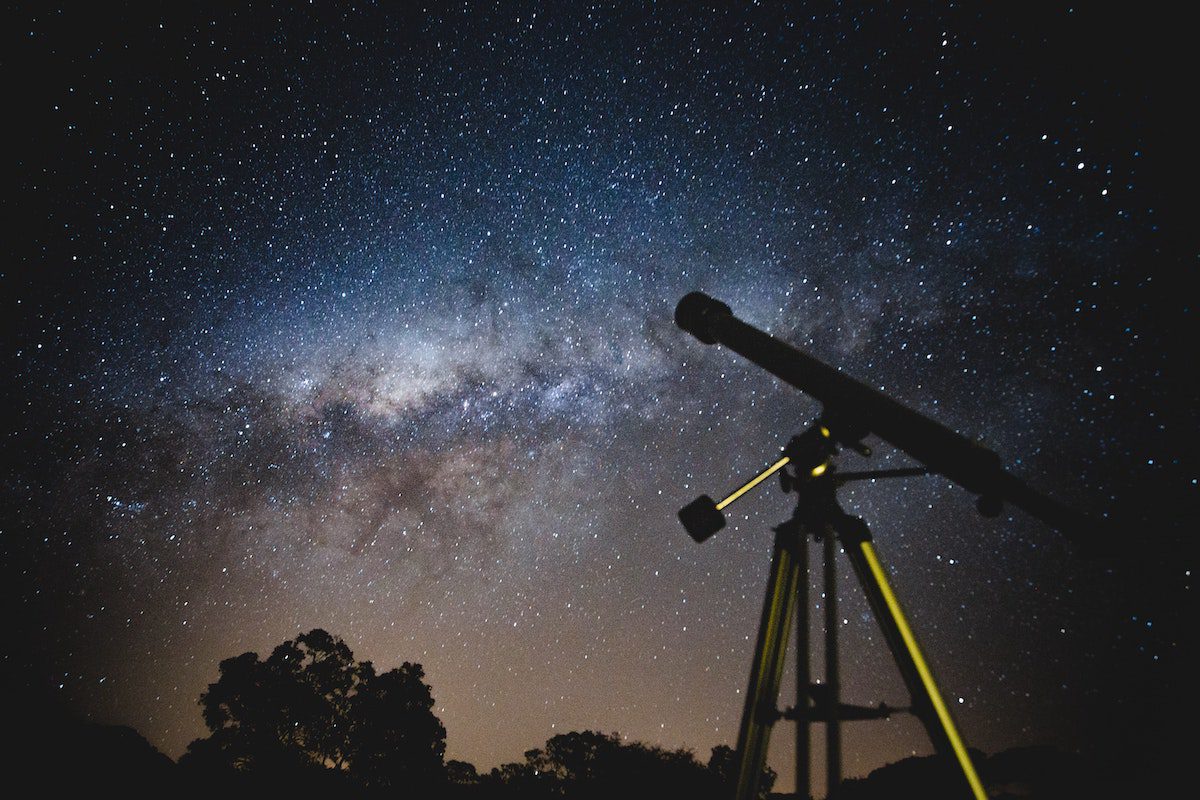
While astronomical events happen so often, rarer events have been happening here on earth. With the pandemic and social distancing mandates, life has been challenging. But even as we’ve struggled, the earth has continued to move forward.
Planets still rotate, the sun sets, and the Moon rises. However, some of the most astronomical events have occurred in the last few years. For instance, there was a blue moon on Halloween in 2020. Did you see it? If not, you’ll have to wait until 2039 for that to happen again. But don’t worry, many astronomical events are coming up this year. You just have to make sure you see them.
Thankfully, we live in a time of online calendars. So instead of missing out on events, you want to witness — you can create events and even set reminders to ensure you don’t miss what’s important to you. Here are a few events you may want to add to your calendar.
1. Planets Align
When: June 24, 2022
On June 24th, there will be a rare astronomical event where the planets (Venus, Mercury, Jupiter, Mars, and Saturn) will be bright enough to see with the naked eye. They will also appear in order from nearest to the furthest from the sun. Remember that the planets won’t be in line in the solar system — they will just appear that way to us on Earth. The Moon will also look to be aligned with the planets between Venus and Mars.
This alignment will occur before sunrise on June 24th across the eastern side of the Earth. And like mentioned, you won’t need a microscope to view it. Just walk outside and look up.
2. Southern Delta Aquariids Meteor Shower
When: July 28 – August 9, 2022
The Southern Delta Aquariids are a meteor shower best visible in the southern United States. This shower gets its name because of how it radiates in the constellation Aquarius. While the meteor shower typically takes place annually between the end of July and August, this year will be different.
At the shower’s peak, between July 28 – August 9, 2022, there will also be a new moon, which happens when the Moon is between Earth and the Sun. With a new moon comes darker skies and a clearer look at the meteor. Keep in mind that the shower will be most visible from mid-evening to dawn, highest around 2 a.m.
3. Jupiter Opposition
When: September 26, 2022
During astronomical autumn (September 22 – December 21), Jupiter will appear more visible than at any other time. This is called the “Jupiter Opposition,” because the planet will appear opposite of the sun, making it look bigger to us on Earth. However, Jupiter will also appear brighter because of its proximity to Earth.
According to research, the best time to see and photograph a planet is when it’s in opposition. And while Jupiter will be more visible during the entire season, it’ll reach its peak visibility on September 26th. So to ensure you get the best photo, aim to take the picture when it’s high in the sky, and there aren’t any clouds.
4. Fireballs With Northern Taurid Meteor Shower
When: November 11-November 12, 2022
The Northern Taurid meteor shower will be active from late October to mid-December of this year. This meteor shower happens annually and typically only produces a few meteors per hour. This year, however, will be different.
During the peak of the shower (between November 11-November 12), bright fireballs will appear in the sky. A fireball is a meteor but much brighter to the naked eye.
These fireballs accompany the Northern Taurid meteor shower once every seven years. So, if you miss it this year, you’ll have to wait until 2029.
5. Mars Opposition
When: December 8, 2022
On December 8, Mars will appear more visible and bright — the perfect time to take a photograph. Mars is one of the closest planets to Earth but will be opposite the sun in December, illuminating the sky all night. This is an astronomical event you don’t want to miss, especially considering Mars is one of the smallest planets in the solar system. It’s rare for this planet to appear bigger than the rest.
Similar to other oppositions, this one doesn’t happen often. The next time won’t be until January 2025.
6. First Supermoon
When: June 14, 2022
Well, I didn’t get this one edited to publish until today — so we all missed the Supermoon and the Strawberry moon. Even Forbes wrote about the Supermoon and Strawberry Moon. And I’m mad it wasn’t on my Calendar! A supermoon is pretty much what it sounds like — when the Moon looks bigger than usual. While the Moon doesn’t change in size, a supermoon happens when a full moon occurs at the closest point to Earth during its orbit. Not only does this make the Moon look larger, but brighter as well.
Supermoons aren’t rare, but they don’t happen all the time. That’s because a full moon only occurs once every 29.5 days. That said, not every full Moon is a supermoon since it has to also pass close to Earth. Therefore, a supermoon only happens a couple of times a year. So to make sure you don’t miss out, set a reminder for the next Supermoon on June 14, 2022.
Here are the dates for the future moons in 2022. Add them to your Calendar.
DATE TIME Nickname
July 13 2:37 p.m. Buck Moon
Aug. 11. 9:35 p.m. Sturgeon Moon
Sept. 10. 5:59 a.m. Harvest Moon
Oct. 9. 4:54 p.m. Hunter’s Moon
Nov. 8. 6:02 a.m. Beaver Moon
Dec. 7. 11:08 p.m. Cold Moon
Conclusion
The events above are worth seeing whether you’re an aspiring astronaut or a casual observer. Not only are they known to be breath-taking but also rare.
So to ensure you don’t miss out on these events, take the time to set reminders now. Then, all you have to do is add the events to your online Calendar. Not only will this visually remind you, but you can even set up calendar notifications beforehand.

